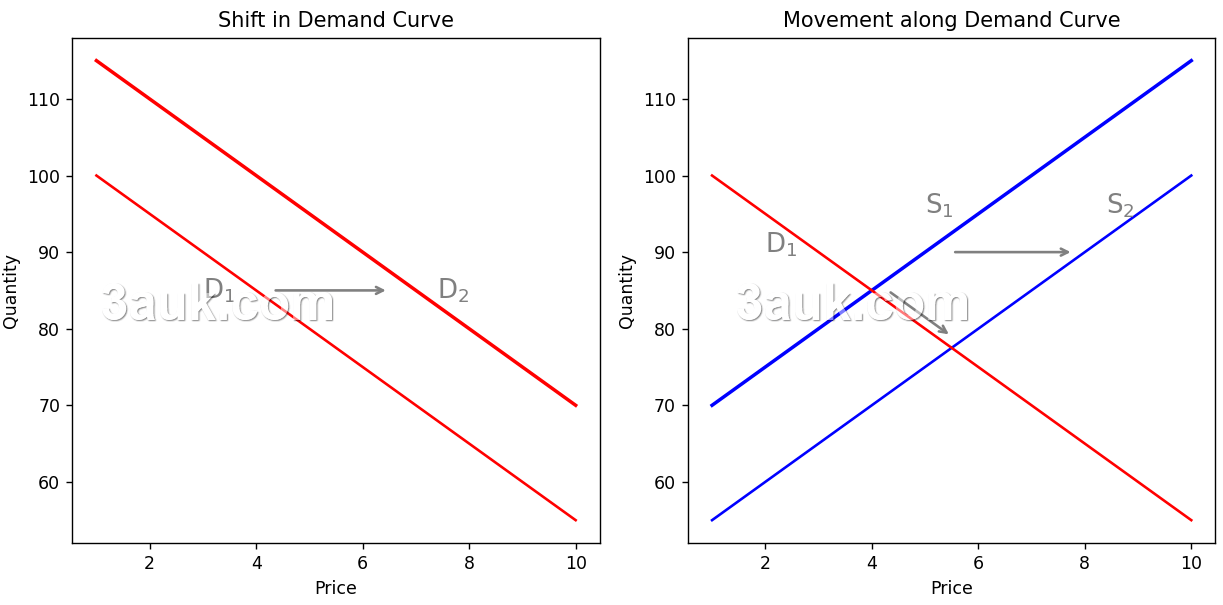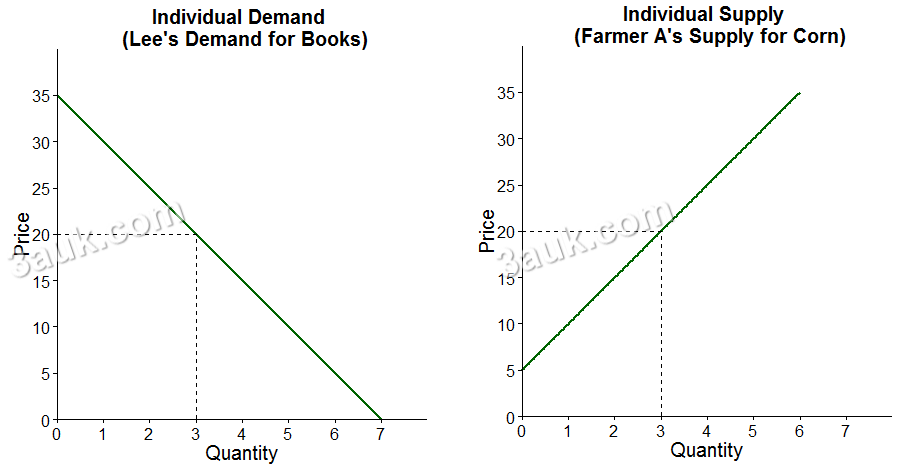Content
individual and market demand and supply
- Individual demand: the quantity of a good or service that an individual consumer is willing and able to purchase at a given price, taking into account all the factors that influence their purchasing decision such as income, preferences, and availability.
- Market demand: the total amount of a good or service that all consumers in a market are willing and able to purchase at a given price. It is the sum of the individual demands for that good or service.

- Individual supply: the quantity of a good or service that a single seller is willing and able to offer for sale at a given price. It is based on the individual's goals, costs, and expectations.
- Market supply: the total quantity of a good or service that all sellers in a market are willing and able to offer for sale at a given price. It is the sum of all individual supplies and depends on the price level and market conditions. Market supply curve shows the relationship between the price of a good and the quantity supplied by all producers in the market.

determinants of demand
- Price: The price of a good is the most important determinant of demand. As the price of a good increases, the quantity demanded of that good typically decreases, and vice versa.
- Income: A consumer's income affects their ability to purchase goods and services. An increase in income will generally lead to an increase in demand for normal goods, while a decrease in income will lead to a decrease in demand.
- Taste and preferences: Consumers' taste and preferences for a particular good or service will affect their demand for it.
- Population: The size and demographics of the population can affect the demand for certain goods and services.
- Expectations: Consumers' expectations about future prices, income, and the economy can influence their demand for goods and services.
- The price of related goods: The demand for a good can be affected by the price of other goods that are related to it as substitutes or complements.
- Advertising and promotion: Companies use advertising and promotions to influence consumer demand for their products.
determinants of supply
- Production costs: The cost of inputs such as labor, raw materials, and energy affect the supply of a good or service. If production costs increase, the supply of the good or service will decrease.
- Technology: Advances in technology can increase the efficiency of production, resulting in an increase in supply.
- Number of sellers: An increase in the number of firms producing a good will increase the supply of the good.
- Expectations of future prices: If a producer expects the price of a good to rise in the future, they may increase production today, leading to an increase in supply.
- Government policies: Government policies, such as taxes, subsidies, and regulations, can affect the supply of a good or service.
distinction between the shift in the demand or supply curve and the movement along these curves

- A shift in the demand or supply curve occurs when a determinant of demand or supply changes, causing a change in the entire demand or supply curve.
- A shift in the demand curve to the right represents an increase in demand, while a shift to the left represents a decrease in demand.
- A shift in the supply curve to the right represents an increase in supply, while a shift to the left represents a decrease in supply.
- A movement along the demand or supply curve occurs when a change in price causes a change in the quantity demanded or supplied, holding all other determinants of demand or supply constant.
- In other words, a movement along the demand curve is a result of a change in price, whereas a shift in the demand curve is a result of a change in one of the non-price determinants of demand.
Join the conversation
